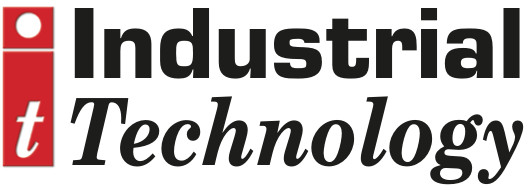
Posted to News on 27th Nov 2023, 16:11
Create double-sheet detection systems using Contrinex smart sensors

Contrinex smart sensors offer an affordable way to detect the presence of individual sheets and also detect double-sheet conditions, triggering an alarm and halting production to prevent damage to the press.
The automotive supply chain consistently faces pressure to increase productivity and reduce costs. A risk to productivity on press lines is the potential for a press to be accidentally fed two or more sheets rather than one; there is also a danger of this causing expensive damage to the press tools.
Double-sheet detection systems which are designed to prevent this are expensive, limiting their use to high-volume production cells. Their high price also typically prevents their use in assembly operations where it would be good to be able to verify the presence of two sheets.
On a production line which runs a large variation of sheet materials and thicknesses, the PocketCodr sensor configurator app is key to simplifying the configuration of the sensor. The PocketCodr app running on a tablet is used to monitor and quickly configure the sensors when a new product is being commissioned.
The automotive industry’s trend to use thinner sheet materials combined with an increasing diversity of parts and smaller production batches challenges Tier-1 suppliers of pressed-metal parts. A focus on increasing productivity and reducing costs has to be balanced with a need for quick set-up for smaller production runs as well as a limited budget to implement systems such as double-sheet detection.
The handling of blanks and sheets of thin gauges of steel and aluminium is a complex challenge for press shop engineers. Double-sheet feed errors become more difficult to detect with thin gauge sheets, increasing the risk of tool damage if a sheet-metal press attempts to form two or more sheets, rather than the one sheet that the tool is designed for.
Cost, flexibility and complexity typically prevent the wide adoption of double-sheet detection across press shops. Therefore, Contrinex’s smart sensors have been utilised in this application to provide a reliable method of detecting unwanted additional sheets at the infeed to a press. The PocketCodr app enables the engineer to quickly configure a low-cost off-the-shelf Contrinex smart sensor to be a double-sheet-detection system and prevent press tool damage.
The combination of Contrinex inductive smart sensors with the PocketCodr sensor configurator offers flexible and highly reliable double-sheet detection solutions for a manufacturer of pressed-metal parts. The compact yet robust, metal-bodied M18 sensors are located on either side of the in-feed conveyor which feeds the metal blanks to the press. Not only do they sense the presence of each sheet, allowing the press operation to be initiated automatically, but they also detect an unwanted double-sheet condition, triggering an alarm before damage occurs.
PocketCodr puts the monitoring and configuration of the smart sensor into the hands of the engineer on a tablet or phone and removes the need for any coding. After configuring the sensors, the technician connects it directly to the PocketCodr device with the supplied cable and uses the companion app installed on a tablet to set and monitor the sensor’s switching points. As a metal sheet passes the sensor, the measurement value is displayed together with the high/low status of the two internal switching signals (SSC1 and SSC2).
The technician assigns the output switching signal (OSS1) to trigger on a user-defined condition – in this instance, when both SSC1 and SSC2 are high. The use of a pre-defined delay before triggering the output also prevents false positives from occurring in the event of a momentary change in either of the internal signals. Every aspect of configuration is driven by intuitive selection on the PocketCodr app, and on completion, the sensor is just reconnected to the machine’s control system.
The sensor’s IO-Link connectivity is also used as an easy interface to the PLC control system of some of the presses. Once configured, each new sensor’s settings are automatically stored on the local IO-Link Master. This then provides plug-and-play replacement of sensors should the need arise, without any loss of functionality and any need for recalibration. For exceptionally harsh environments, extremely robust sensors which have a body machined from a single piece of V2A (AISI 304) stainless steel are available.






